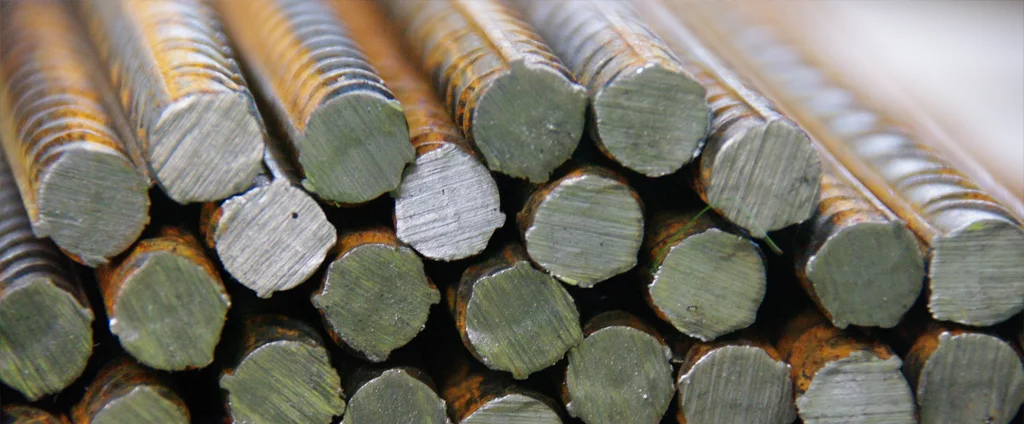Grey Cast Iron SAE J431 Grade G2500 (UNS F10005)

SAE J431 Grade G2500 is a gray cast iron alloy commonly used in automotive and industrial applications. Its high silicon content enhances wear resistance and machinability, making it a reliable and economical choice for components exposed to friction and thermal loads.
| Chemical Composition | ||
|---|---|---|
| Element | Min | Max |
| Iron | —— | Remainder |
| Carbon | 3.2% | 3.5% |
| Manganese | 0.6% | 0.9% |
| Phosphorus | —— | 0.2% |
| Silicon | 2.0% | 2.4% |
| Sulfur | —— | 0.15% |
The following table provides a list of SAE J431 Grade G2500 properties in both SI and US customary/Imperial units.
Click on the button to switch between Metric and Imperial units.
| Physical Properties | Metric |
|---|---|
| Density | 7150 kg/m3 |
| Mechanical Properties | Metric |
| Tensile Strength (Ultimate) | ≥ 173 MPa |
| Brinell Hardness | 170 - 229 |
| Knoop Hardness Converted from Brinell | 222 |
| Vickers Hardness Converted from Brinell | 209 |
The values in this table are approximate and can vary depending on various factors such as the specific manufacturing process and heat treatment applied to the alloy.
Advantages & Disadvantages of Iron SAE J431 Grade G2500
| Advantages | Disadvantages |
|---|---|
| Good castability | Limited ductility and toughness |
| High wear resistance | Limited fatigue strength |
| Good machinability | Susceptible to cracking under thermal shock |
| Good damping capacity | Limited impact resistance |
| Cost-effective | Low melting point |
Applications of Iron SAE J431 Grade G2500
SAE J431 Grade G2500 is well-suited for various demanding environments due to its durability and machinability, including:
- Automotive: Used in a variety of components, including cylinder blocks, cylinder heads, pistons, and brake drums.
- Machinery: Used in a variety of components, including gears, shafts, and bearings.
- Construction: Used in a variety of components, including beams, columns, and plates.
- Mining: Used in a variety of components, including conveyor belts, hoists, and pumps.
